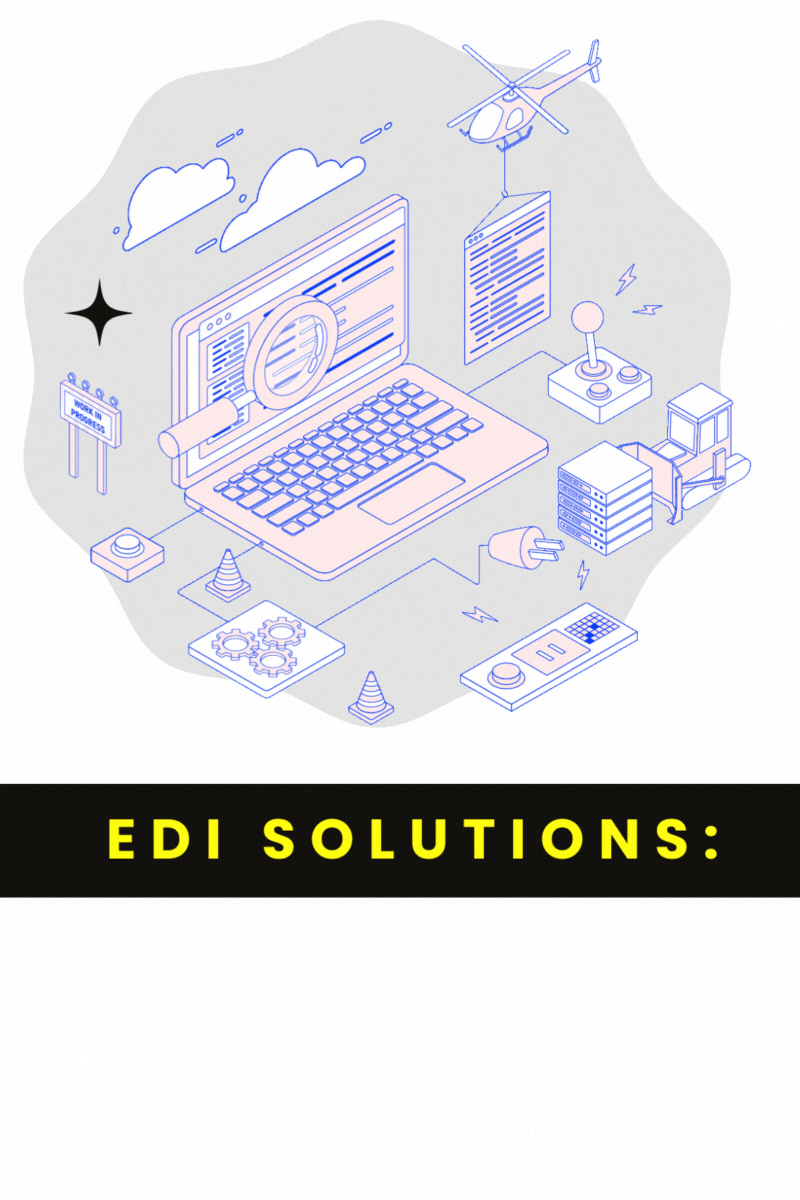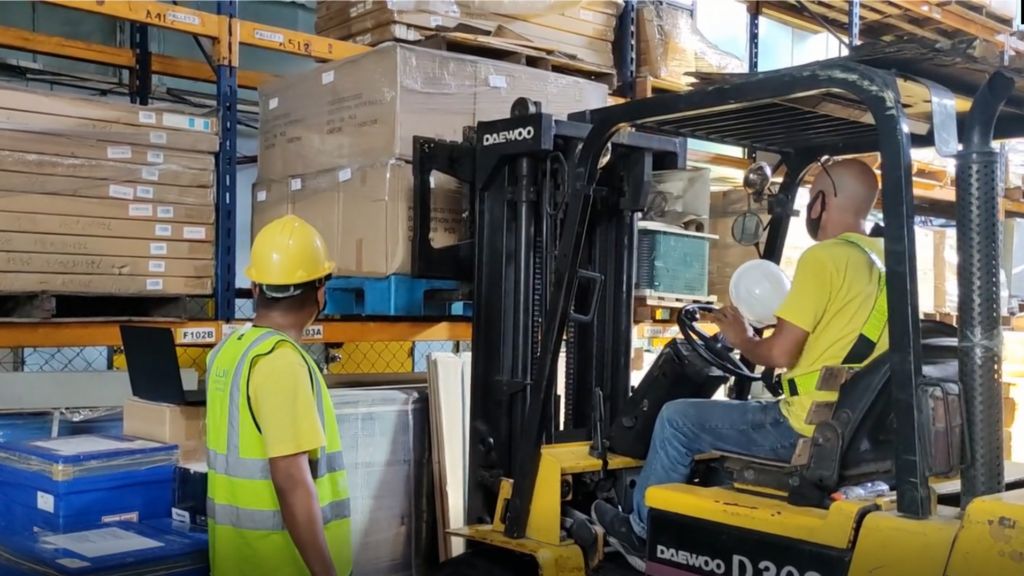Written By:

Written By:
Published:
Supply chain management is the strategic and systematic management of the movement of goods and services that covers all the tactical procedures required to convert raw materials into finished or final products. Also, all of the processes and activities involved in supply chain management are the sourcing, procurement, production, logistics, and the process of getting products and services from the place of production to the place of final point of consumption.

A crucial part of supply chain management (SCM) is sourcing, which is buying products, services, or raw materials from vendors to satisfy a company’s operational or production needs and it involves:
Understanding supply chains begins with procurement because it enables businesses to identify dependable vendors who can deliver high-quality products at prices that are reasonable for their market. There are 4 types of procurement:
The production chain process in supply chain management gives vital information to businesses for establishing quality levels, productivity, and output. The production chain process consists of five stages:
Logistics facilitates the movement of products and through logistics, it makes it easier for products to move from suppliers to manufacturers, then sellers to distributors, and or eventually purchasers. When logistics go wrong, the supply chain breaks down and it affects the business.
Basically, Logistics is the one who manages the movement of the products or goods which utilizes space and time to add value to goods. Logistics is responsible for making sure that things are carried or delivered at the proper location and at the right time, that`s why logistics is the one who plays a crucial part in supply chain management.

Overall, overseeing the movement of goods and services is known as supply chain management, and it encompasses all processes that transform raw materials into finished products. It involves actively facilitating a company’s supply-side processes in order to optimize customer value and obtain an edge in the marketplace.
According to SPER market research, ‘Philippines Freight and Logistics Market Size- By Function, By End User- Regional Outlook, Competitive Strategies and Segment Forecast to 2033’ state that the Philippines Freight and Logistics Market is predicted to reach USD 36.15 billion by 2033 with a CAGR of 7.33%.
Due to the driving factors of the products and logistics market in the Philippines is increasing and changing dramatically as a result of a variety of driving factors. One of the most important drivers is the country’s strong economic growth, which has increased demand for logistics and transportation services to facilitate commodity flow. The fast rise of e-commerce and the digital economy has also boosted demand for effective supply chains and last-mile delivery solutions.
Reference:
https://www.linkedin.com/pulse/philippines-logistics-warehousing-market-growth-2023-rising-tone/
For more details about Supply Chain Management visit our page and learn how we apply Supply Chain Management to your business.
https://www.lambertwilliams.com/supply-chain-management-system

![]()
This will close in 0 seconds